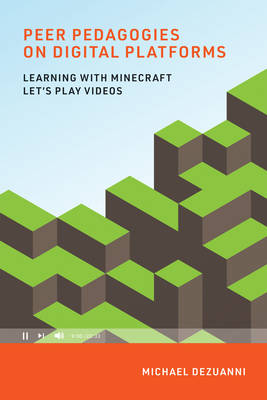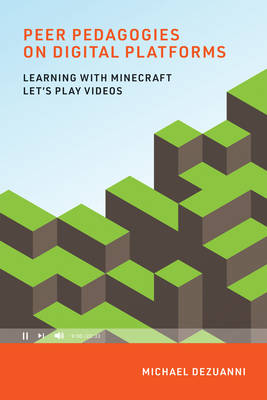
- Retrait gratuit dans votre magasin Club
- 7.000.000 titres dans notre catalogue
- Payer en toute sécurité
- Toujours un magasin près de chez vous
- Retrait gratuit dans votre magasin Club
- 7.000.0000 titres dans notre catalogue
- Payer en toute sécurité
- Toujours un magasin près de chez vous
Description
Every day millions of children around the world watch video gameplay on YouTube in the form of a popular entertainment genre known as Let's Play videos. These videos, which present a player's gameplay and commentary, offer children opportunities for interaction and learning not available in traditional television viewing or solo video gameplay. In this book, Michael Dezuanni examines why Let's Play videos are so appealing to children, looking in particular at videos of Minecraft gameplay. He finds that a significant aspect of the popularity of these videos is the opportunity for knowledge and skill exchange.
Focusing on Let's Play practices, the videos themselves, and fans' responses, Dezuanni argues that learning takes place through what he terms peer pedagogy--a type of nonhierarchical learning that is grounded in the personal relationships fans and players feel toward one another. Moreover, the Let's Play platform is part of a larger digital ecosystem that enables children to learn from one another in unique ways. Dezuanni explores how Let's Players enable learning opportunities, examining digital literacies, the Let's Play genre, and peer pedagogies. He then presents case studies of three successful family-friendly Let's Players of Minecraft: Stampylonghead, StacyPlays, and KarinaOMG, microcelebrities in a microindustry. Dezuanni analyzes the specific practices and characteristics of these players, paying particular attention to how they create opportunities for peer pedagogies to emerge.
Spécifications
Parties prenantes
- Auteur(s) :
- Editeur:
Contenu
- Nombre de pages :
- 224
- Langue:
- Anglais
- Collection :
Caractéristiques
- EAN:
- 9780262539722
- Date de parution :
- 22-09-20
- Format:
- Livre broché
- Format numérique:
- Trade paperback (VS)
- Dimensions :
- 152 mm x 226 mm
- Poids :
- 362 g

Les avis
Nous publions uniquement les avis qui respectent les conditions requises. Consultez nos conditions pour les avis.






